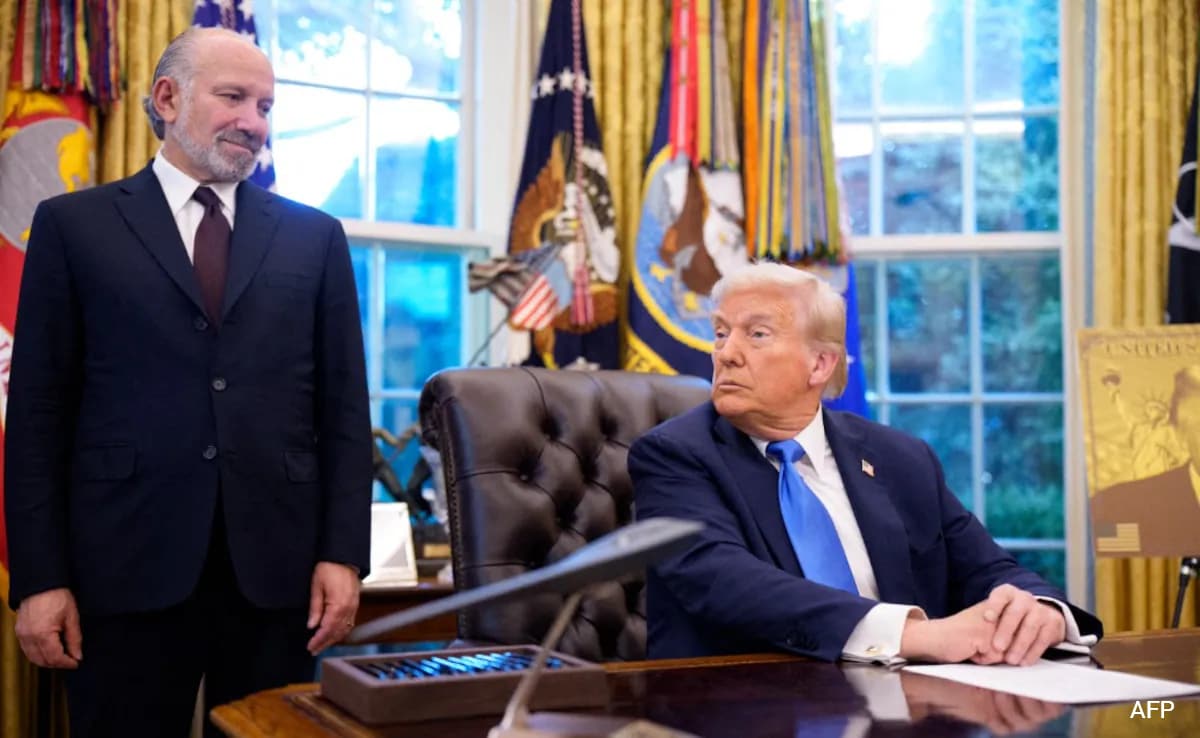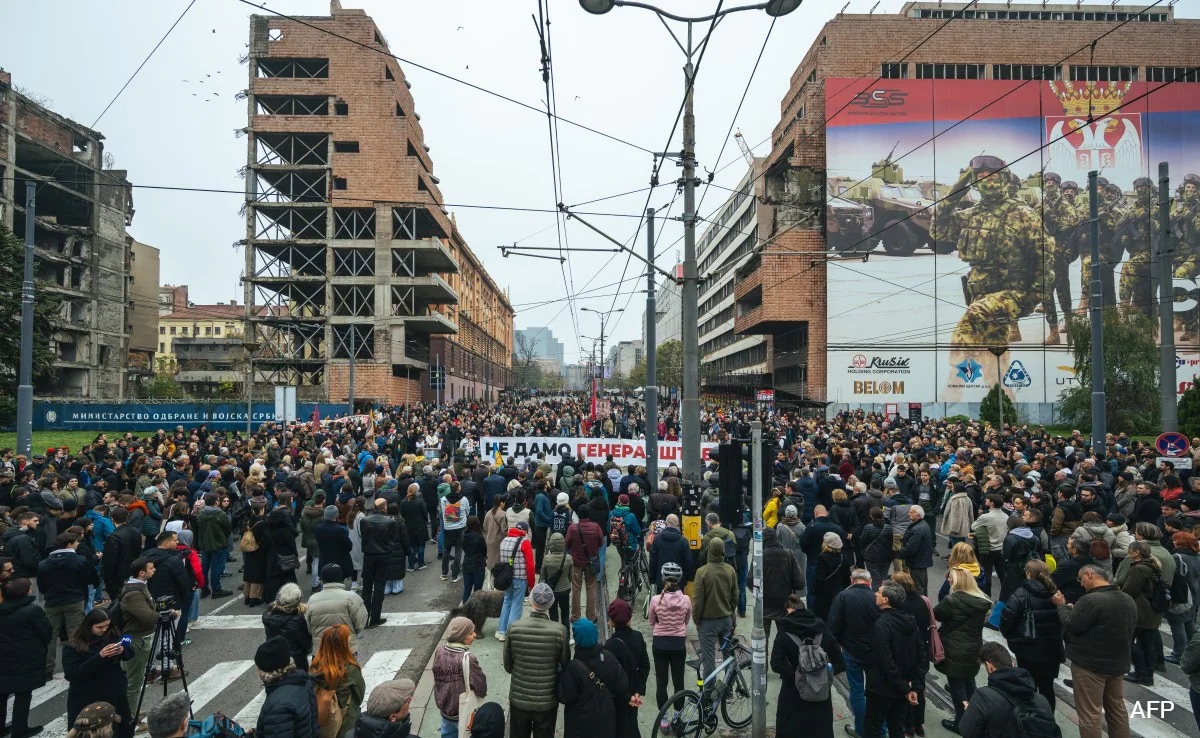On Monday alone, 56 aircraft, including 38 J-16 fighter jets and a dozen H-6 bombers, made sorties into the Taiwan-monitored zone, starting early in the morning, and finishing late at night. In some instances, their flight paths passed Taiwanâs southern tip and then moved north up the islandâs east coast, before returning to base, according to data released by Taiwanâs defense ministry.
Defense analysts noted that the missions stopped short of Taiwanâs airspace and may primarily be a way for China to boost nationalism at home while signaling resolve, but the dramatic scale of the sorties is itself dangerous and piles pressure on Taiwanâs air force, as well as U.S. efforts to strengthen the islandâs defenses.
âSimply put, itâs flying a bunch of military aircraft around a country that you threaten to invade,â said Gerald C. Brown, a defense analyst in Washington who tracks Chinese air force sorties near Taiwan.
âThis isnât something that will stir a major military response. Itâs gray-zone warfare, where signaling is the biggest component, but there is also a lot of wear and tear on Taiwanâs air force.â
Beijingâs displays of military strength place Taiwan at the center of efforts by the United States and its allies to counter Chinese aggression. The United States and Australia joined Taiwan to condemn the escalation, drawing an angry rebuttal from China.
While China has not given an official explanation for the escalating number of jets being flown near Taiwan, the state-run China Media Group has justified the missions as a ânecessary countermeasureâ to what it called âcollusionâ between the United States and Taiwan.
The drills also come as China faces a challenge from the new three-way defense pact known as Aukus, in which the United States and Britain will share nuclear submarine technology with Australia. Recent joint exercises between British and U.S. strike groups alongside Japanese defensive forces have also drawn Beijingâs ire.
Over the last year, Chinaâs air force has repeatedly sent planes deeper into Taiwanâs air defense identification zone, occasionally crossing the median line of the Taiwan Strait, an unofficial maritime border.
Faced with incursions, Taiwanâs defense ministry began releasing regular reports of these sorties last year.
By flying around the southern tip of Taiwan to the southeast coast, the Chinese air force is also demonstrating an ability to attack from the east, requiring adjustments to the island's defenses, said Ling-Yu Lin, an assistant professor of Asia-Pacific Affairs at National Sun Yat-sen University, Taiwan.
âPreviously, it was just fighters, but now it is a mixture of fighters, bombers and Y-8s with electronic interference equipment, as well as the KJ-500 early warning aircraft, which together make an attack team,â he said.
After a lull on Tuesday, when China sent only a single Y-8 transport aircraft to near Taiwan airspace, analysts expect that Beijing may mount another bout of large-scale drills to coincide with Taiwanâs National Day celebrations on Sunday.
Despite never ruling Taiwan, the Chinese Communist Party has claimed the island since the Nationalist Kuomintang fled to Taiwan in 1949, plunging the Chinese civil war into a stalemate. Beijing continues to threaten Taiwanâs democratically elected government with a military takeover if it ever formally declares independence.
While never abandoning a policy of âpeaceful unificationâ with Taiwan, Chinese President Xi Jinping has spoken of the âinevitabilityâ of Taiwanâs return and said that the issue cannot be passed on from generation to generation forever. He has also urged the Peopleâs Liberation Army toward its goal of being a modern fighting force â on par with the United States â by 2035.
This rhetoric combined with Xiâs assertive foreign policy â parts of an ambition to bring about Chinaâs ânational rejuvenationâ â have led some observers of Chinese politics to argue that Xi wants Taiwanâs submission under Beijingâs rule to be part of his legacy.
At the same time, Beijing has shunned Tsai Ing-wen, Taiwanâs president since 2016 and head of the Democratic Progressive Party, accusing her of stoking âindependence forces.â
That distrust has been worsened by Tsaiâs efforts to build relations with other liberal democracies. In an article published by Foreign Affairs this week, Tsai argued that Beijingâs increasingly aggressive posture threatened not only regional peace but a global battle against autocracy.
âIf Taiwan were to fall, the consequences would be catastrophic for regional peace and the democratic alliance system,â she wrote.
Beijingâs dislike of Tsaiâs politics has been intensified by Washingtonâs efforts to build support for Taiwanâs defenses and international recognition. Heightened Chinese military maneuvers are often timed to warn against strengthened ties, such as visits to Taiwan by U.S. officials.
Last Thursday, Wu Qian, Chinaâs defense ministry spokesman, said the U.S. was âplaying with fireâ after the House of Representatives passed the National Defense Authorization Act for the 2022 fiscal year with non-legally binding promises to support Taiwanâs defense capabilities and inviting it to join the Rim of Pacific military drills.
âThe funny thing is that I do not see really anything that Biden has done regarding Taiwan,â said Wang Kao-Cheng, vice president for International Affairs at Tamkang University in Taiwan. Rather than responding to individual instances, it appears that China is displeased with the overall tenor and trend of U.S.-China relations. âItâs a kind of accumulation, one thing after another, that ends in a decision to really escalate military pressure on Taiwan.â
On Tuesday, Biden told reporters outside the White House that he had spoken with Xi about Taiwan and agreed to âabide by the Taiwan agreement.â
Since the establishment of diplomatic ties in 1979, the United States has âacknowledgedâ â but not recognized â Chinaâs position that Taiwan is part of China, while maintaining unofficial relations and military support with Taipei under the Taiwan Relations Act.
That delicate balance is built, however, on an expectation that Taiwanâs future will be determined peacefully, an assumption that has been shaken in recent years by Chinese saber-rattling.
Under Biden, the United States has reaffirmed a ârock-solidâ commitment to protecting the island from military threat. White House press secretary Jen Psaki on Monday called the Chinese military drills destabilizing and creating the risk of miscalculations. âWe have been clear privately and publicly about our concern about the PRCâs pressure and coercion toward Taiwan,â she said.
Despite these warnings, military brinkmanship remains a powerful tool for Chinaâs leadership to build nationalist support at home.
Hu Xijin, the editor in chief of nationalist, state-backed tabloid the Global Times, quipped that Chinaâs military parade had been moved to Taiwan this year, while a promotional video released by the Eastern Command Theater showed fighter pilots sprinting from their mess hall and returning from their mission coated in sweat.
Even amid the celebration of military prowess, there were signs of the risks of miscalculation involved in Chinaâs tactics. Song Bo, a Chinese air force bomber pilot, told a news conference at the Zhuhai air show on Friday that on one mission he had flown so close to Taiwan pilots that he âcould see their faces.â
âMy state of mind was extremely nervous and excited â nervous to be so close to my adversary and excited to be carrying out a mission I had to complete,â he said.
Li reported from Seoul. Felicia Sonmez in Washington contributed to this report.
.png)











 English (United States) ·
English (United States) ·  Turkish (Turkey) ·
Turkish (Turkey) ·